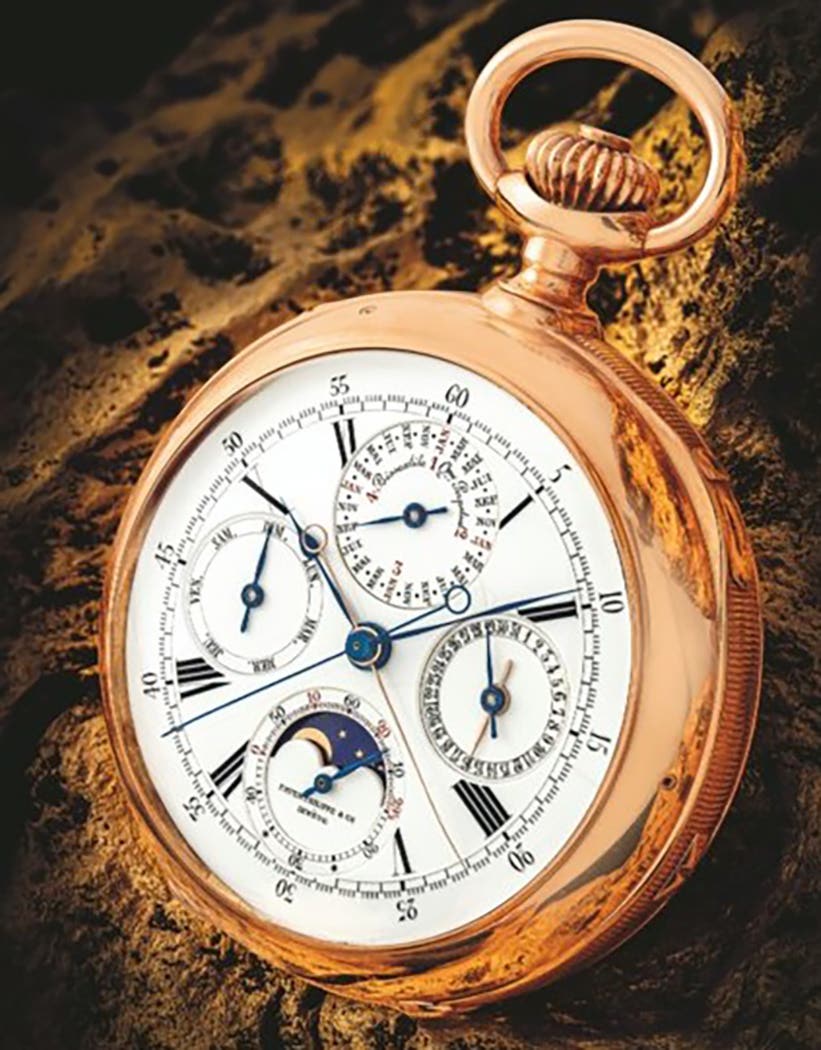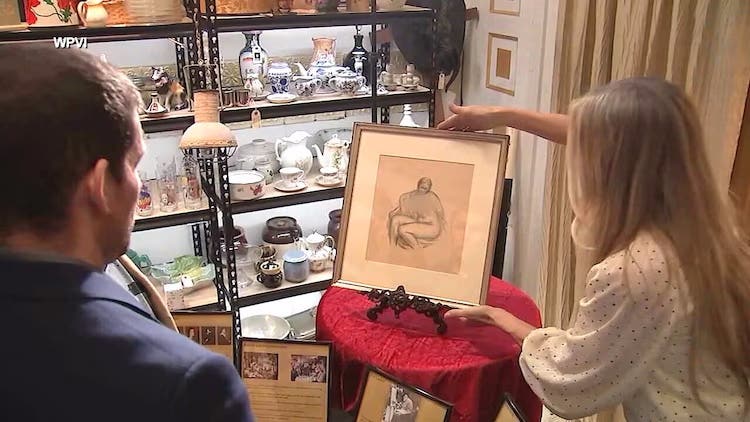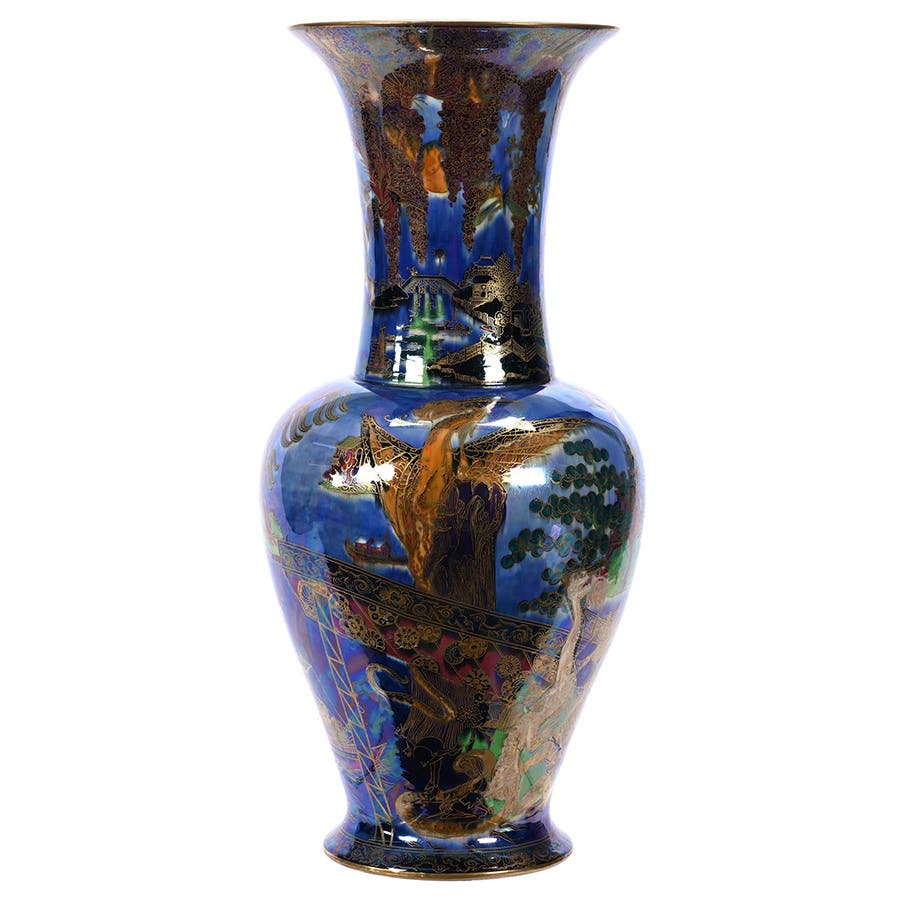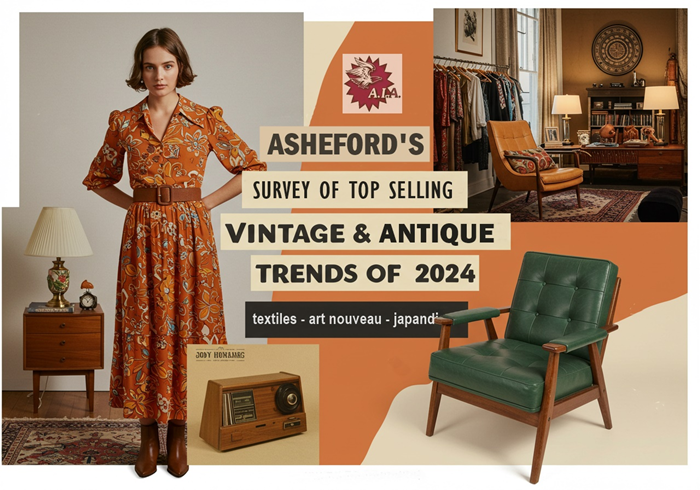From a passion for jewels to compassion and schools
Nancy Schuring and the Devon Foundation’s approach to the gems and jewels business is an innovative collaboration including global partnerships and educational opportunities.
By Dr. Anthony J. Cavo
Her bright welcoming smile is the first thing you’ll notice about Nancy Schuring of Devon Jewelers; it’s a smile more dazzling than the multitude of jewels into which you are immersed upon entering her shop. You sense at once her ability to make you feel welcome and special.
Her easygoing, receptive manner is all the more charming when you realize that she is considered one of the top one hundred jewelers in the United States. The jewelry she handles may sell in the tens-of-thousands and even in the hundreds-of-thousands of dollars. But, there is nothing artificial or pretentious about her. Nancy believes that everyone she meets has a gift to offer and is as unique as any one of her gems. “Every person has a story to tell, and they all deserve to be heard.” This is something I’ve often heard her attest over the years.
Devoted Appreciation for Gems and Jewels
Like a rose blooms in a hot house, Nancy’s passion for jewelry expands when she speaks about gems. This is especially true of color stones. She channels the former school teacher in her as she shares her vast knowledge of gems and jewels. Within her showcases it includes examples from the quartz family to rare Brazilian Paraiba. Plus, it features Tourmalines, Alexandrite, Padparascha sapphires, and ruby red spinels. Her passion, however, does not end with the business of jewelry. “Buying, selling, and collecting gems is simply a business; using gems to benefit people is what can make a gem truly precious,” she says.
This is not lip service; this is, in a nutshell, her mission statement. In the past few years, Devon Jewelers has donated more than $20,000 in diamonds to be raffled. This benefits CarePlus NJ, an organization that provides mental health services to New Jersey residents. Nancy’s concern for the community does not, however, end in donations, nor does it end in her neighborhood. She has traveled all over the world, often in bush planes, to the very mines that supply jewels to her business. This all to determine under what conditions the stones are mined and how the workers are compensated. Her forays into the remote regions of Africa often require armed guards. Nancy works only with mines in which the workers have an interest, such as community owned mines. This requirement grew from a visit to a mine in Madagascar in 2008.
Developing a Partnership Built on Respect
In the pursuit of education and a bit of gem hunting, Nancy traveled to Madagascar with her
husband, Dr. Joseph Portale, and Debbie Swinney, Vice President of Devon. It was during this visit in 2008 that the true nature of mining became apparent to them. The Malagasy, whom they found to be friendly and generous, worked the mines. The peoples often travel great distances by foot each day. Plus, they perform exhaustive physical labor for the equivalent of a dollar a day.
They see these hard-working people as partners in the jewel trade. With that they felt it their duty to explore ways in which to improve their lot. It was interesting to them that the local gemology schools had students from the Middle East, India, and Southeast Asia, but none from local regions. Tuition, it seemed, was too costly for the local Malagasy. A way out of poverty through an education they could not afford. Unstable governments, political corruption, and foreign interests negatively impacted the economy. This made it nearly impossible for the miners to escape generations of poverty. And so, out of a passion for jewels came compassion and schools and the beginning of the Devon Foundation.
Funding and Fostering Opportunity
The Foundation is based on the proverb: “Give a man a fish and you feed him for a day; teach a man to fish and you feed him for a lifetime.” The Devon Foundation awards scholarships to young African women and men, which enables them to attend lapidary school and enter a career in the gem and jewel business.
Unfortunately political tensions and unrest made it impossible to continue supplying funds to future students in Madagascar. At that point, Roger Dery, a world-class gem cutter, suggested the foundation look into the Arusha Gemological and Jewelry Vocational Training Center in Arusha, Tanzania. The two-room school was founded by Mr. Peter Salla who taught classes, mentored students, wrote the curriculum and applied for student grants. Roger and his wife Ginger had been supplying the school with textbooks and educational supplies during their travels to Arusha; one such trip was documented by Orin Mazzoni, a filmmaker and son of the founders of the famous Orin Jewelers.
The Devon Foundation soon began providing funds for scholarships. In addition it includes expansion of the school. Plus, efforts included gemological equipment such as a new Facetron, a gem faceting machine.
Investing in Personal Betterment
One example of the difference the Devon Foundation can make in the life of a young person is the story of Sabrina. She was banished from her village at the age of 15 for refusing to participate in an arranged marriage. Mr. Salla encountered Sabrina begging in the streets and offered her a scholarship from the Devon Foundation. She has since graduated with distinction and is successfully employed in the gem industry.
When Nancy traded her teaching career for a career in gemology, little did she realize she’d travel full circle. A path to ultimately become responsible for the education of young people half a world away.
Film Sheds Light On Gems
In 2015 Orin Mazzoni filmed the Documentary “Sharing the Rough” that essentially follows a gem from soil to setting. Mr. Mazzoni’s vision was to provide insight into the lives and hardships of the miners and their families. As well as the incredible amount of work it takes to deliver one gem from the earth to a finished jewel. The gem in question, a 50 carat green Grossular garnet, was cut by Roger Dery to form a 13.5 carat gem that was set in a necklace. The creators of “Sharing the Rough” partnered with the Devon Foundation, one of the earliest participants and supporters of the documentary, to raise awareness as to the origins of the world’s gems. The Devon Foundation provided funding for the film as well as funding for tuition, equipment, books, and computers to the Arusha and Kitarini Schools.
Valuing Partnerships
Devon Jewelers provides their clientele with superb gems and many one of a kind pieces made by artisans from different parts of the world. During one of my visits to Nancy’s store I was fortunate enough to meet Louis Heyman of Oscar Heyman & Brothers and to view some of their many incredible jewel pieces, which are carried by Devon Jewelers.
Nancy, who owns pieces from Elizabeth Taylor’s collection, is as dazzled by Victorian hair jewelry as by an invisibly set diamond cuff bracelet. In fact, in addition to collecting Victorian hair jewelry, Nancy also collects early Victorian and Georgian jewelry.
“While many people collect Victorian hair jewelry, it is not the type of jewelry that holds an appeal for the general public,” she says.
Nancy is quick to point out that not all hair jewelry is post-mortem or mourning jewelry: “Much of it was made as a very personal gift from a woman to man or vice versa. These pieces were love tokens.”
Intricate and Intimate Impact of Jewelry
“Jewelry is timeless, it is active, it is portable, requires little upkeep, it increases in value, it
doesn’t change and it passes easily from generation to generation; it is practical, unlike clothing, books or even furniture. These are heirlooms or pieces of history you can wear, that you can use every day.” Nancy can trace her love of jewelry to when, as a child, she was allowed to handle her grandmother’s jewelry – perhaps this is why she has a soft spot for vintage jewel and gems. When asked what gem is her favorite, Nancy replies, “It depends on the day.” She does admit, however, to having a weakness for Tanzanite. “Tanzanite is among the most beautiful of gems, it has an almost velvet quality that calms and soothes the eyes; looking at it you feel as if you can fall into it.”
Her passion for colored stones conveys itself to her clients as she displays and discusses the quality of each jewel. “A beautifully cut stone is like a massage for the eyes and colors elicit a reaction in everyone’s brain. Different people react differently to different colors and being able to witness that phenomenon is fascinating.”
Celebrating the Evolution of Jewelry
“Vintage jewelry demonstrates the evolution of ideas and it is so important to understand each period and the effect each stage and period has on the period that follows. For example, sixteenth and seventeenth century jewelry has an identity all its own. Prior to prong and bezel setting this jewelry consisted of hand-hammered sheets of gold through which crudely cut stones are pushed from the back. There can be a great deal of beauty in something so rudimentary.”
Although Devon Jewelers deals in contemporary pieces, Nancy’s deep conviction in the value of vintage jewelry prompts her to empty her showcases of new jewelry every two years and replace each piece with something vintage. This September she will feature jewelry from the Georgian era up to jewel pieces that date from the Art Nouveau, Edwardian, Art Deco and Mid-Century Modern eras. She believes the most fertile era for jewelry design was from 1900 to 1920.
Benefits of a Life Well Lived
“Vintage jewelry recapitulates the progression of each era. From the simple Georgian pieces to the often overly embellished Victorian pieces. As well as the gentle aesthetic qualities of the Nouveau period. The artistic sensibilities of each era are reflected in the jewelry from that era. Jewelry tells us about the fashion, furniture and design prevalent in each period. It also tells us something about the society in which it was made. Jewelry was often made to look more valuable than it actually was from the foil-backs seen during the Industrial Revolution to the Pinchbeck of the Victorians.”
“When buying jewelry it is always wise to consider a mix of new and vintage jewelry. There is a finite amount of antique jewelry out there. No more will be made. In fact we lose much of it every day. Especially in times when the price of gold is so high that melt values make the piece more expensive for scrap than it would normally be worth.”
Giving Back
Nancy sums it all up by saying, “Whatever you do in this life it is so important to give back. In addition, being able to source our gems from mines where everyone benefits is the most important part of my business. After all, as beautiful as they are, gems are not lives.’’
She jokingly adds, “But if there’s ever a fire I’ll show the kids where the window is, then I’m getting the jewelry box and the dog.”








